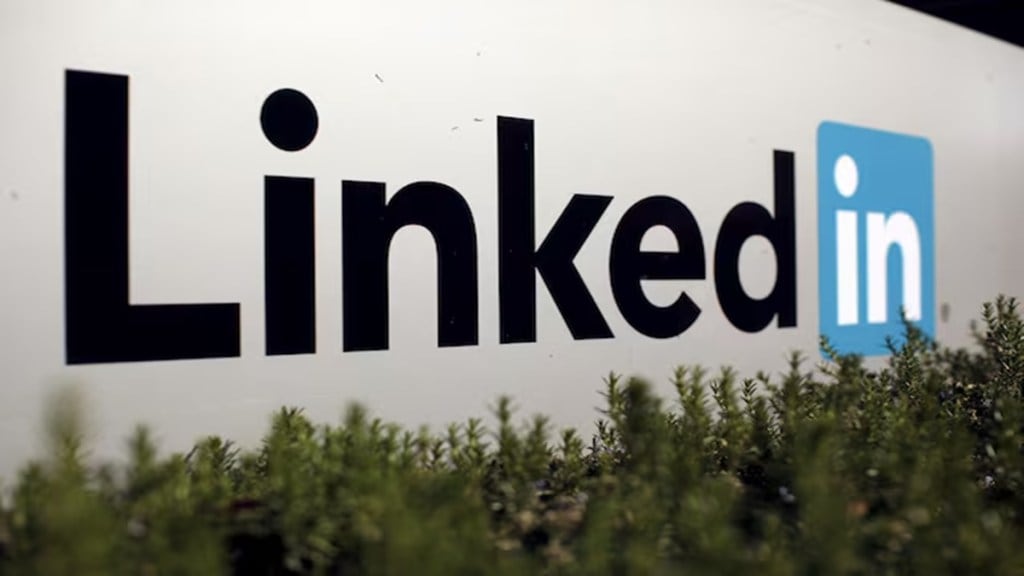The number of job applications submitted on LinkedIn has surged by more than 45 per cent in the past year, with the platform now receiving an astonishing 11,000 applications per minute, according to a New York Times report. This dramatic rise is being fuelled not just by economic uncertainty but by the increasing use of generative artificial intelligence tools such as ChatGPT.
With a single prompt, ChatGPT can craft a resume tailored precisely to any job listing, embedding all relevant keywords to bypass automated filters. Some job seekers have gone further, employing AI agents that autonomously search for and apply to jobs on their behalf. Recruiters are calling it an “applicant tsunami” that is showing no signs of slowing down.
In response to the overwhelming volume of applications, many companies have turned to automation themselves. AI-driven interviews, résumé screening, and candidate ranking are becoming more common. At Chipotle, for example, an AI chatbot named “Ava Cado” has reduced hiring times by 75 per cent.
Platforms like HireVue use AI to assess candidate responses in video interviews, offer gamified skill assessments, and even simulate “virtual tryouts” for attributes like emotional intelligence. But job seekers are also using AI to cheat in these assessments, creating an unusual standoff that recruiter Hung Lee describes as “AI versus AI”.
Fake identities
The integrity of applicants is also under scrutiny. In January, the US Department of Justice revealed a scheme involving North Korean nationals securing remote IT jobs in American firms using fake identities. According to NYT, Gartner analyst Emi Chiba, said that such cases are increasingly common, and estimates suggest that by 2028, one in four job applicants could be fake. Her recommendation? More advanced identity-verification technologies for recruiters.
LinkedIn’s countermeasures
To combat the flood of low-quality or misaligned applications, LinkedIn has begun rolling out AI tools. These include an agent that writes follow-up messages, screens candidates, and recommends top applicants. A new feature for premium subscribers shows candidates how well their qualifications align with a particular job, reportedly reducing applications to “low match” roles by 10 per cent.
However, some recruiters are growing disillusioned with the entire process. The sheer volume of automated applications is making job postings more of a liability than an opportunity.
The rise of AI in hiring has also triggered legal and ethical concerns. Critics warn of algorithmic bias, and the European Union’s AI Act has designated hiring tools as “high-risk,” subject to stringent regulation. While the US lacks a federal law on AI in hiring, existing anti-discrimination laws still apply. As Marcia Goodman, a partner at Mayer Brown, said, “You’re not allowed to discriminate, and of course most employers are trying not to, but easier said than done.”
Despite the chaos, experts believe that the AI job hunt may eventually settle into a more balanced, authentic process. Career coach Jeremy Schifeling notes that the current trend is largely reactive—job seekers deploying AI in response to increasingly automated screening. “A lot of people are going to waste a lot of time, processing power, and money until we reach that realisation,” he warned.

